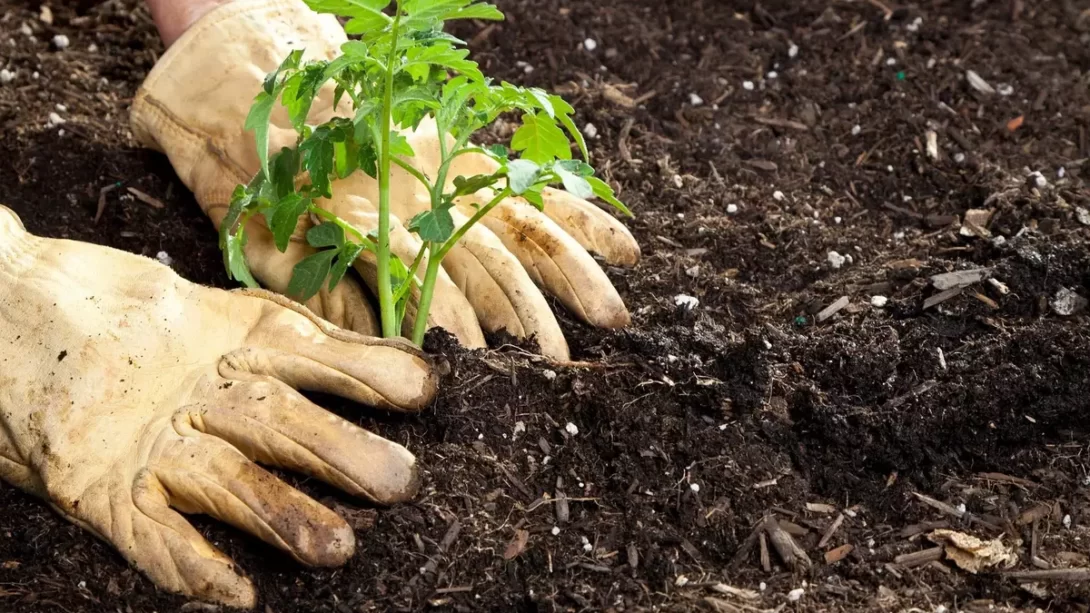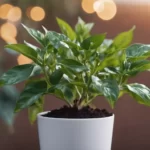Tomatoes are a favorite among gardeners in Oregon, offering a range of varieties from heirlooms to modern hybrids. However, due to Oregon’s diverse climate, knowing when to plant tomatoes can be challenging. This article provides essential guidance for Oregon gardeners on the optimal timing for planting tomatoes to ensure a fruitful harvest.
Oregon’s Climate
Oregon’s climate varies significantly across the state. The coastal regions experience milder weather, while the inland areas can have more extreme temperatures. This variability impacts gardening schedules, including when to plant tomatoes. Understanding the specific climate conditions of your region in Oregon is crucial for determining the right planting time.
Optimal Planting Times for Tomatoes in Oregon
The best time to plant tomatoes in Oregon generally depends on the region and local weather patterns:
- Western Oregon: In the milder climate of the coastal and valley regions, planting can typically begin after the last frost date, usually around mid-April to early May.
- Eastern Oregon: For the higher elevations and cooler climate of eastern Oregon, gardeners may need to wait until late May or early June to plant tomatoes to avoid late frost damage.
It’s important to adapt planting times based on the current year’s weather conditions, as late frosts can vary each year.
Importance of Last Frost Dates
The last frost date is a crucial factor in deciding when to plant tomatoes. Frost can damage or kill young tomato plants, so it’s essential to plant after the risk of frost has passed. Gardeners can refer to local frost date calendars or consult with local extension services to determine the typical last frost date for their area.
Preparing for Tomato Planting
Before planting tomatoes, a few steps are necessary to ensure a successful growing season:
- Soil Preparation: Tomatoes prefer well-drained soil rich in organic matter. Amend your garden soil with compost or aged manure to improve fertility and texture.
- Choosing Varieties: Select tomato varieties that are well-suited to the Oregon climate. Consider both the length of your growing season and the disease resistance of the varieties. Popular choices in Oregon include ‘Early Girl’, ‘Brandywine’, and ‘Oregon Spring’.
Planting Process and Techniques
Proper planting techniques are vital for growing healthy tomato plants. Here’s how to plant tomatoes effectively in Oregon:
- Planting Depth and Spacing: Plant tomato seeds or seedlings deep enough to encourage strong root development. The spacing should be about 18 to 24 inches apart in rows that are spaced 3 to 4 feet apart. This spacing allows adequate air circulation and room for growth.
- Watering at Planting: Water the plants thoroughly after planting to settle the soil around the roots and eliminate air pockets. This initial watering is crucial for establishing the plants.
- Support Structures: Install support structures such as cages, stakes, or trellises at planting. Supporting tomato plants helps to keep the fruit off the ground and reduces the risk of disease.
Caring for Tomato Plants
After planting, ongoing care is essential for the health of your tomato plants:
- Regular Watering: Tomatoes require consistent moisture for optimal growth. Water the plants deeply and regularly, aiming for at least 1 inch of water per week. Avoid overhead watering to prevent leaf diseases.
- Fertilizing: Start with a balanced fertilizer at planting. Once the plants start to produce fruit, switch to a low-nitrogen, high-phosphorus fertilizer to encourage fruit production.
- Pruning and Training: Regular pruning helps to control the plant’s growth and improve air circulation. Training the plants to grow on supports also helps in reducing the risk of soil-borne diseases.
Common Challenges and Solutions
Growing tomatoes in Oregon can present several challenges:
- Pests and Diseases: Common pests like aphids, cutworms, and tomato hornworms can attack tomato plants. Diseases such as blight and blossom-end rot can also occur. Regular inspection, good gardening practices, and appropriate treatments can help in managing these issues.
- Climate Challenges: Oregon’s climate can be unpredictable, with occasional unseasonal frosts or heatwaves. Be prepared to protect your plants with covers during cold snaps or provide shade during extreme heat.
Harvesting and Enjoying the Fruits
The reward for your diligent care comes when it’s time to harvest your tomatoes. Here’s how to ensure you pick them at the perfect time:
- Harvest Timing: Tomatoes are ready to harvest when they’ve reached their full color (this varies depending on the variety) and are slightly soft to the touch. The skin should still be smooth and unblemished.
- How to Harvest: Gently twist the tomato off the vine or use a pair of gardening shears to cut it, leaving a small part of the stem attached. This method helps to prevent damage to both the fruit and the plant.
- Frequent Harvesting: Regular harvesting encourages the plant to produce more fruit. Check your plants every couple of days, especially as the season reaches its peak.
Storing Your Tomatoes
Proper storage is essential to maintain the quality of your tomatoes:
- Room Temperature Storage: For the best flavor, store tomatoes at room temperature away from direct sunlight. This helps retain their texture and taste.
- Refrigeration: Only refrigerate tomatoes if they are overripe or if you need to slow down the ripening process. Cold temperatures can diminish the flavor and texture of tomatoes.
- Preservation Methods: For long-term storage, consider canning, freezing, or drying your tomatoes. These preservation methods allow you to enjoy your harvest throughout the year.
Conclusion
Planting tomatoes in Oregon can be a fulfilling experience, offering the joys of gardening and the pleasure of fresh, homegrown produce. By understanding the best planting times and providing consistent care, gardeners in Oregon can achieve a successful tomato harvest. Regular maintenance, along with vigilance against pests and diseases, will ensure healthy plants and bountiful yields.
Whether you’re a seasoned gardener or new to the world of tomato cultivation, growing tomatoes in Oregon’s diverse climate can be a rewarding endeavor. With the right knowledge and care, your garden can provide delicious tomatoes perfect for salads, sauces, or simply enjoying fresh off the vine.



